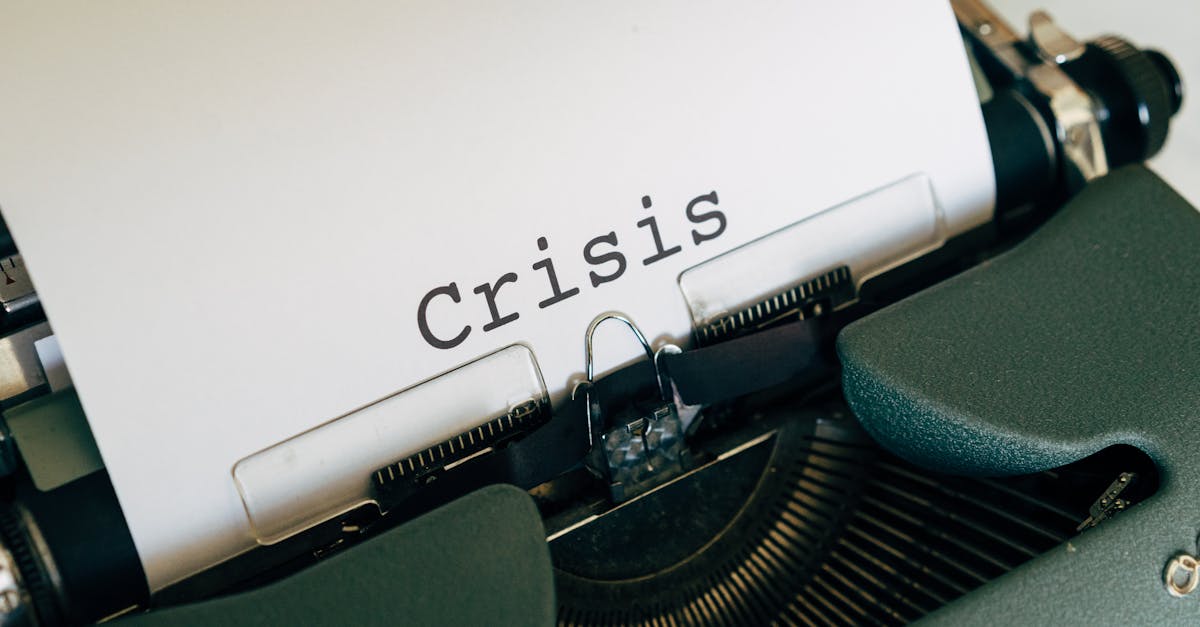The SHTF Horizon: How Close Are We to a Global Crisis?
PlanningForSurvival.com
Understanding the SHTF Horizon
Welcome, fellow preparedness enthusiasts!
Today, we dive deep into an urgent question: how close are we to the SHTF horizon? SHTF, short for “Sh*t Hits The Fan,” describes a moment when the systems we rely on — electricity, food supply, healthcare — collapse or falter dramatically.
As unsettling as it may sound, understanding SHTF is not about fear — it’s about empowerment. As Benjamin Franklin said, By failing to prepare, you are preparing to fail.
Let’s prepare wisely.

Key Signs That the World Is Near SHTF
- Political Instability: Ongoing geopolitical tensions, wars, and social unrest show cracks forming globally.
- Economic Fragility: Skyrocketing debts, inflation, housing crises, and stock market volatility signal economic strain.
- Environmental Stress: Record-breaking natural disasters and resource shortages weaken infrastructure worldwide.
- Technological Vulnerabilities: Increasing cyberattacks threaten financial and energy systems.
Example: In 2024, the cyberattack on a major European power grid left millions without electricity for days — a chilling reminder of modern fragility.
Assessing the Current Situation: Are We Teetering?
Combining these signs, we observe an alarming trend. Global institutions are under strain, economies are walking tightropes, and extreme weather events have become commonplace. While a full SHTF event hasn’t occurred yet, the risk factors have undeniably multiplied.
Bottom Line: It’s not about if, but when. Being prepared today is essential.
What Does SHTF Really Mean?
SHTF isn’t just about chaos. It’s a wake-up call to recognize our dependence on complex systems and to reclaim self-sufficiency.
SHTF moments force adaptation and resilience, values our ancestors knew well but modern life has dulled.
Why Preparedness Matters More Than Ever
Preparedness is no longer optional. With every new crisis headline, the importance of personal readiness becomes clearer. Having a plan, a supply cache, and a supportive community is vital. As the old adage says, Hope for the best, prepare for the worst.
Stocking Up: Essential Supplies for SHTF
- Food: Non-perishable items: canned meats, rice, beans, powdered milk, and freeze-dried meals.
- Water: Store at least one gallon per person per day, plus portable filtration systems.
- Medical: First aid kits, antibiotics, personal medications, and trauma supplies.
- Energy: Solar-powered chargers, generators, and hand-crank radios.
Tip: Rotate your stockpile annually to keep it fresh and usable!
Building Your Home Fortress
Fortifying your home doesn’t have to feel like a movie scene. Start by reinforcing doors and windows. Install cameras and motion-sensor lighting. For rural properties, thorny hedges and rock barriers are excellent passive defenses.
Example: After Hurricane Ian, homeowners who had reinforced their windows with hurricane shutters reported 90% less damage.
Community Matters: Building a Survival Network
In a crisis, isolation is dangerous. Strengthen ties with neighbors, local preparedness groups, and trusted friends. Host skill-share events and establish mutual aid agreements.
If you want to go fast, go alone. If you want to go far, go together.
— African Proverb
Critical Skills for SHTF Survival
- Water purification and storage techniques
- Basic first aid and trauma care
- Self-defense and security tactics
- Gardening and food preservation
- Bartering and alternative economies
Skill Spotlight: Learn how to start a fire without matches — it could save your life in countless scenarios.
Mental Resilience: The Ultimate Survival Tool
A prepared mind endures where the strongest body falters. Practicing mindfulness, managing stress, and building adaptability are critical. Survivors often report that mental toughness, not brute strength, got them through the hardest times.
Scenario Planning: Preparing for the Likely Events
Consider different crisis scenarios and adapt accordingly:
- Economic Collapse: Precious metals, barter goods, off-grid skills.
- Natural Disaster: Evacuation plans, emergency communications.
- Pandemic: PPE supplies, quarantine-ready provisions.
Geography matters! Tailor your plan based on local threats.
Embracing the Journey of Preparedness
Preparedness isn’t just about survival. It’s a path toward empowerment, self-reliance, and community strength. Facing uncertainty head-on helps us grow stronger, wiser, and more connected to what truly matters.
FAQ: SHTF Horizon Questions Answered
- What is the biggest sign SHTF is near?
- Look for rapid economic instability combined with escalating civil unrest.
- How much food should I stockpile?
- Aim for at least a 3-month supply per family member, rotating annually.
- Is prepping expensive?
- It can be done on a budget by buying supplies slowly and focusing on essentials first.
- How do I find a local prepper community?
- Start by attending local preparedness fairs, online forums, or community resilience groups.
______________________________________________________________

